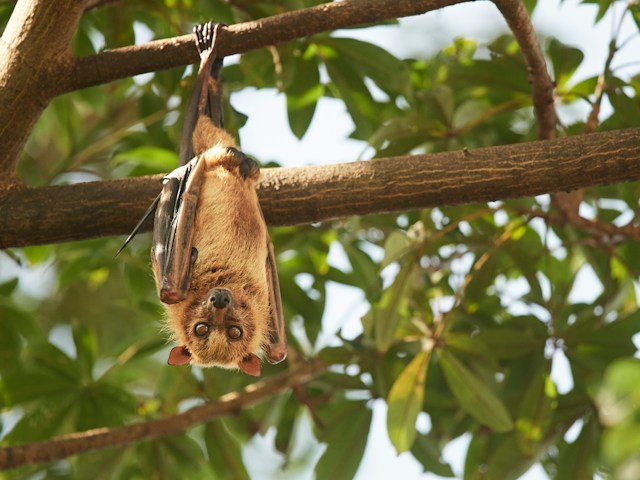A recent study suggests that fruit bats could offer insights into curing diabetes. Despite the association of high-sugar diets in humans with obesity, diabetes, and cancer, fruit bats not only survive but thrive on such diets, consuming almost twice their body weights in sugary fruits daily.
Fruit bats could assist in understanding diabetes
UCSF researchers are studying bats to understand their unique adaptation to high sugar consumption. They aim to explore the potential application of this adaptation in assisting individuals with diabetes.
According to UCSF Institute for Human Genetics director and senior co-author of the study, Nadav Ahituv, bats can be compared to superheroes because each bat possesses unique superpowers such as echolocation, sucking blood without coagulation, flying, and consuming fruit without developing diabetes.
In individuals with diabetes, the body’s inability to produce or detect insulin poses challenges in regulating blood sugar levels, according to Dr. Ahituv. Fruit bats possess a genetic system that effectively manages blood sugar. Researchers aim to draw insights from this system to enhance the development of improved therapies for insulin or sugar sensing in humans.
According to Wei Gordon, PhD, a recent graduate of UCSF’s TETRAD program and assistant professor of biology at Menlo College, the diet designed for fruit bats is considered feasible with even minor alterations to individual DNA letters. Gordon emphasizes the importance of comprehending high-sugar metabolism to advance efforts in assisting the one in three Americans who are prediabetic.
Fruit bats have genes linked to fruit metabolism
The study, featured in Nature Communications, conducted in collaboration with researchers from Yonsei University and the American Museum of Natural History, investigated adaptations in the DNA of Jamaican fruit bats, known for their fruit-based diet, in comparison to big brown bats that consume insects. The research demonstrated evolutionary changes in the fruit bat’s DNA, specifically in the activation and deactivation of genes related to fruit metabolism.
The DNA organization around insulin and glucagon genes varies distinctly between two bat species, indicating the significance of regulatory DNA, once deemed ‘junk.’ This DNA adaptation in fruit bats aids in responding to blood sugar fluctuations.


